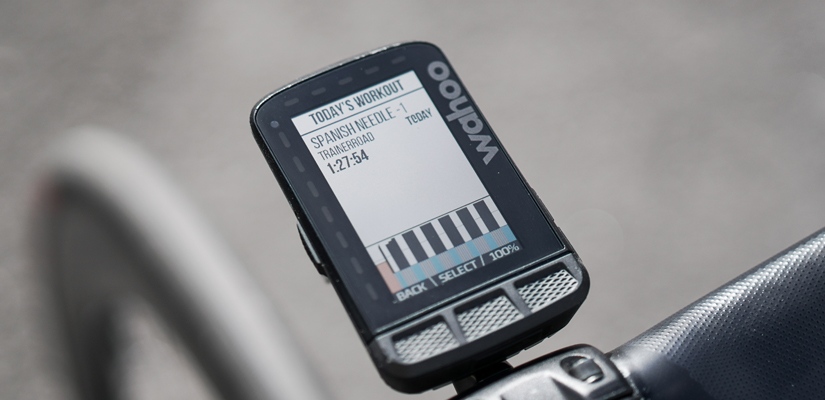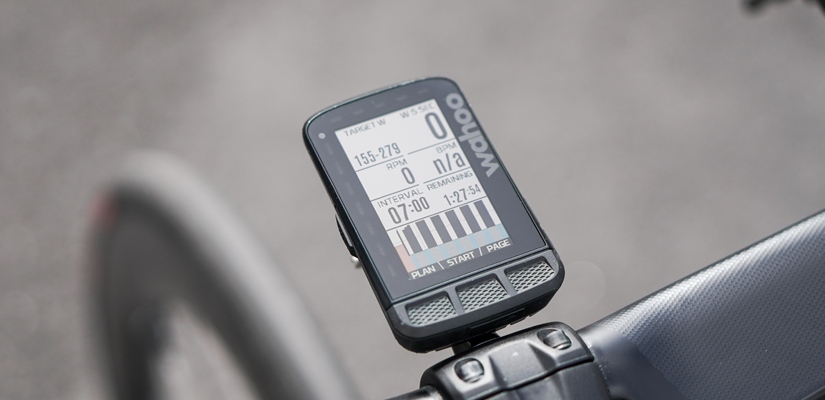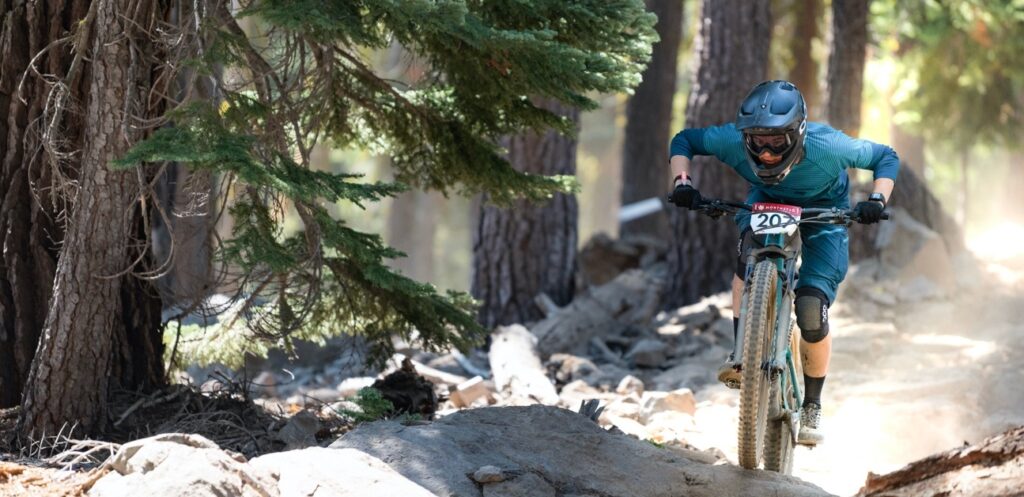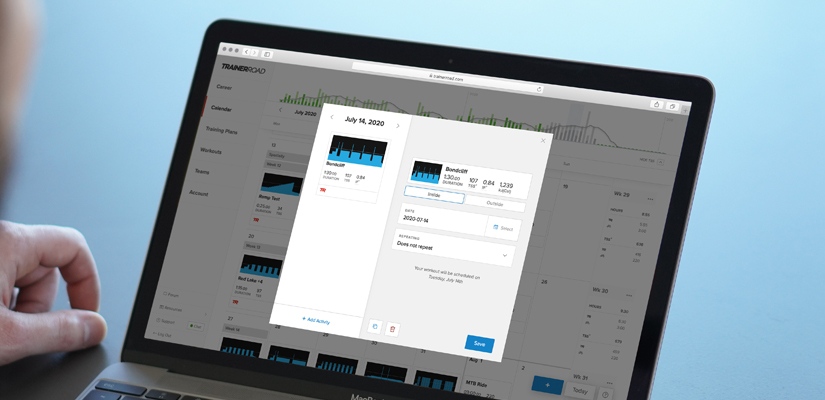Tips For Safe Outside Workouts

There are a number of steps that cyclists can take to make their rides safer. If you’re going to ride outside keep your rides as safe as possible with these additional precautions and appropriate safety measures.
Doing Intervals Outside
If you want to take a structured workout outside on a Hammerhead, Garmin, or Wahoo head unit with Outside Workouts, you should try to match the workout structure to the terrain of the route. Not only does it make for a better workout, but it makes for a safer ride too.
Before doing intervals outside, evaluate whether or not you have a place to safely and effectively do that workout. This is somewhere you can dig deep without worrying about traffic or obstacles. Some workouts will require that you turn around to repeat sets, making infrequent traffic and safe road crossing’s important too. If available, a long sustained climb or a long flat road are great options.
All of this can depend on where you live and what trails and roads you have access to. If you’d like to match your workout to the terrain of your intervals you can read more here.
Build a Custom Display
While head units are a useful tool they’re also a potential distraction. It seems like a simple reminder to watch the road, but it’s vital for your safety. To decrease interaction between you and your head unit build a custom display that keeps things simple with all the important ride data on a single page. With one clear display, you won’t need to swipe between pages when you’re riding or lock your gaze on your head unit. Just a quick glance at your head unit and you can return all your focus to the road ahead. If you’d like to see how we set up our head units for outside workouts check out this article.
Plan Your Routes
Optimizing the safety of a workout starts with a well-planned route. Adjusting your route for traffic, terrain, weather, and route conditions are a few ways you can improve the ride. If you’re doing a road ride try creating a route that avoids busy intersections, blind corners, tight shoulders, bad road conditions, and heavy traffic. Roads with low-speed limits, bike lanes, ample shoulders, and low car traffic are ideal. The more of these boxes you can check on your route, the better.
If you’re training off-road it’s best to train on trails you can confidently and comfortably ride. Especially when you’re doing a more strenuous workout When you’re pushing the limits of your fitness, and you’re feeling fatigued from hard work, something that you might normally be able to ride could cause you to crash. Try and avoid trails that require you to push your technical abilities. Save the technical work for skills practice on your easy days
If you’re an off-road athlete It’s also best to avoid doing intervals on heavily trafficked trails. For example, doing intervals up singletrack with two-way traffic has the potential to be dangerous. Try to do intervals up trails that aren’t popular descents. If you do ride a popular trail with lots of trail users, go with the flow of traffic and maybe try to ride at times when there are fewer people on the trail, if possible.
Create a Checklist
Create a must-have checklist for your training rides. This is a list of things that are essential to riding. In addition to necessary gear, your list should include the tools you’ll need to solve 99% of the problems you encounter on the bike. A chain tool for a broken chain, a patch kit and tubes for flat tires, day time bike lights, money, emergency gels, and drink tablets are some of the items every cyclist should have on their person or in their saddlebag. You’re not racing so don’t be afraid to bring a big saddlebag full of all the essentials. Extra preparation offers extra security.
Practice Good Etiquette
Practicing good etiquette helps keep you and the people around you safe. Basic etiquette like yielding to hikers and pedestrians, coming to a full stop at stop signs and following traffic laws are all essential to safety. It might seem like a no brainer, but it goes further then we give it credit. As a bonus it doesn’t just help keep us safe, it also reflects well on cyclists.
Ride With a Buddy
If you have a friend to ride with, get them outside with you. Riding with a buddy is always safer than riding alone. If you don’t have someone to ride with, go out of your way to make sure someone knows where and when you’re riding. Share your route, location, and estimated finish time with someone you trust. If possible carry a fully charged cell phone so that you can share your location and make calls in case of emergencies.
Ride Safely Outside
If you keep this information in mind and follow these practices you can make an informed decision about when and where you should be riding outside. Above all trust your instincts and listen to your body. When you’re too fatigued to take a ride outside swap that ride for an indoor workout or a recovery activity. If a trail or a road makes you nervous turn around and ride somewhere else. There’s nothing wrong with being cautious.
For more cycling training knowledge, listen to The Ask a Cycling Coach — the only podcast dedicated to making you a faster cyclist. New episodes are released weekly.


